
Product information
Sabon Châteauneuf-du-Pape ‘Cuvée Prestige’ 2016
Rhône Blend from Châteauneuf du Pape, Southern Rhône, Rhône Valley, France
$144
Description
The 2016 Châteauneuf-du-Pape Prestige checks in as 75% Grenache and the balance mostly Syrah and smaller parts of other permitted varieties. Crème de cassis, olive tapenade, smoked herbs, and licorice notes all emerge from this remarkably pure, seamless, gorgeously refined and elegant Châteauneuf-du-Pape. It shows slightly more Syrah character, has a multi-dimensional texture, and a layered, elegant style that just begs to be drunk. It can be drunk today or cellared for 15 years or more.
Jeb Dunnuck
Out of stock



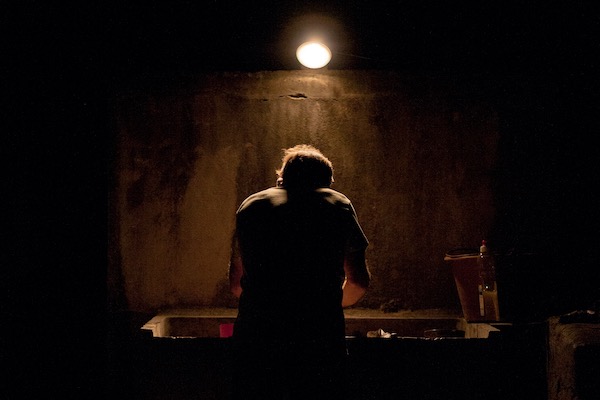



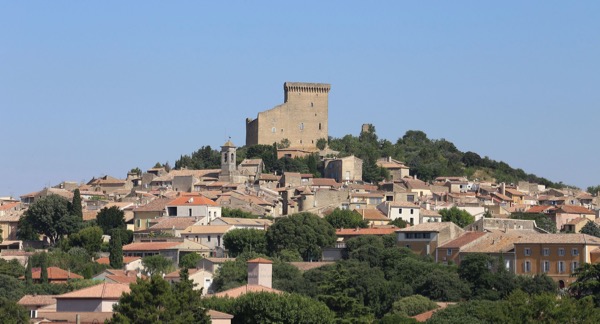
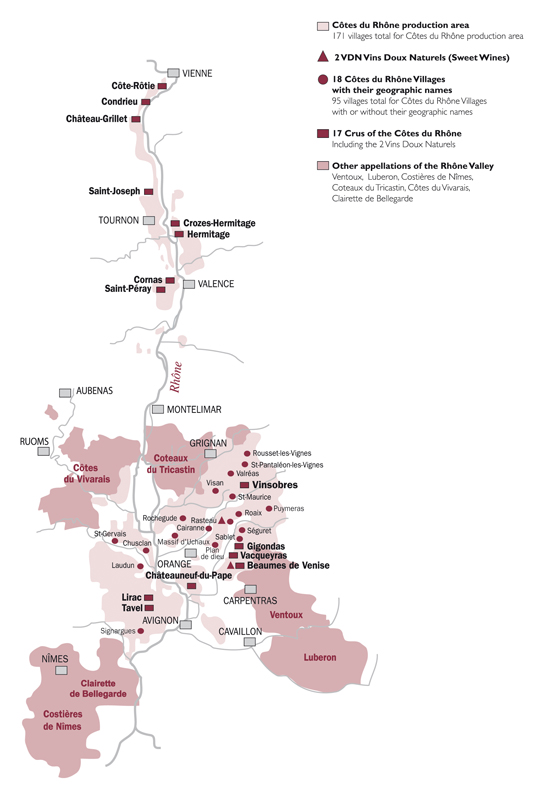
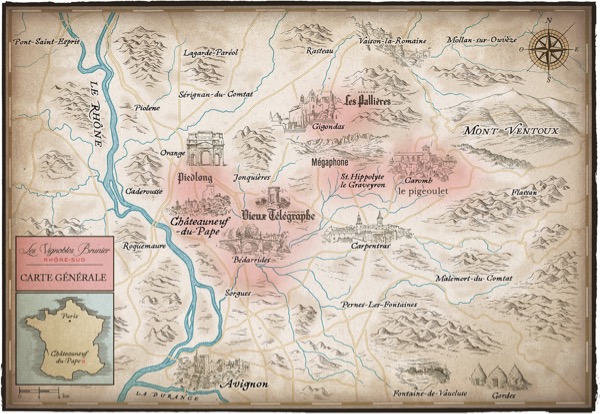
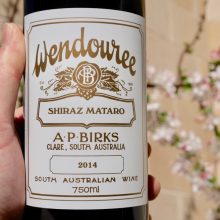
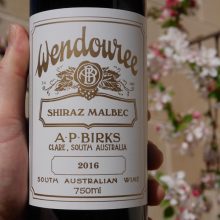
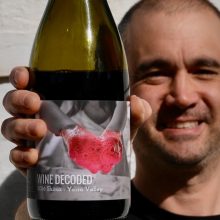
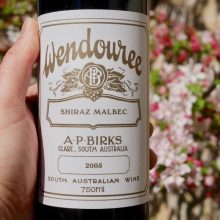
You must be logged in to post a comment.